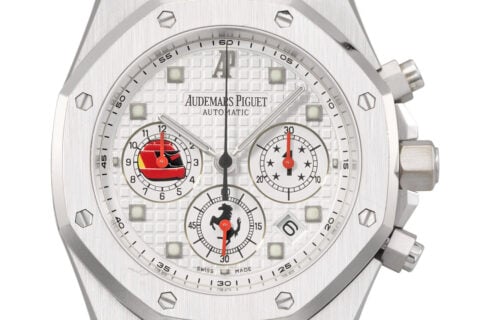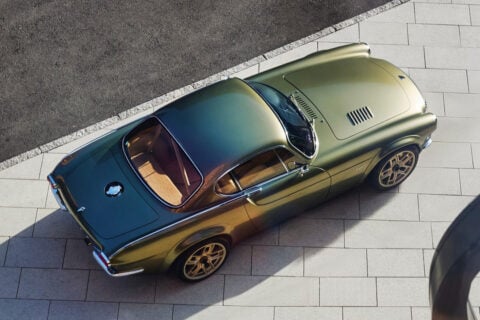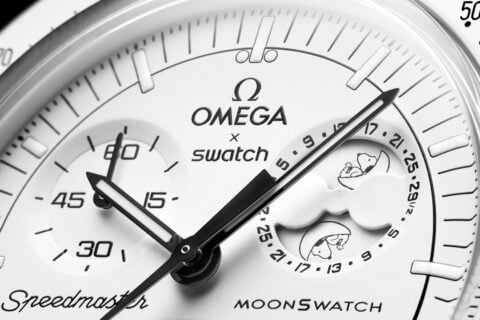The introduction of the Halo safety device to Formula 1 race car has always been a controversial issue since the concept was first introduced. Until recently, there were still people who say that because of its rather obtrusive appearance and its impact on driver visibility, that perhaps it could be something that cars could still do without. However, official FIA findings conclude that during the crash between 2018 Sauber driver Charles Leclerc and McLaren’s Fernando Alonso at the Belgian Grand Prix, the Halo structure almost exclusively prevented any serious injuries on Leclerc.
The incident in question occurred when Alonso’s car was struck from behind by Renault’s Nico Hulkenberg and flew across Leclerc’s Sauber. We already know from existing race footage that the McLaren’s right front wheel struck only the Halo and not Leclerc himself, but what would have happened if the Halo was not present? While the wheel making a 56kN strike on the Halo would have just missed Leclerc’s helmet, based on the footage and data on both cars there was also the chance of Alonso’s front wing end-plate impacting directly with Leclerc’s visor – even though the severity of the assumed collision cannot be entirely predicted. This whole scenario begs the question – did they make the right choice? Keen race watchers may also remember Halo alternatives suggested during the conceptual phase – including a proposed ‘aeroscreen’, so it’s interesting to note that F1 race director Charlie Whiting suggested that the ‘aeroscreen’ would have only offered about 10% of the protection compared to the Halo.
Perhaps there’s still room for discussion on the aesthetic presentation of the Halo, but it is clear today that FIA has made the right decision of introducing the Halo into F1, for both the drivers’ and fans’ sake.
WOW ? ? ? ?#BelgianGP ?? #F1 @Charles_Leclerc pic.twitter.com/GOy3Jfszhd
— Formula 1 (@F1) August 27, 2018






